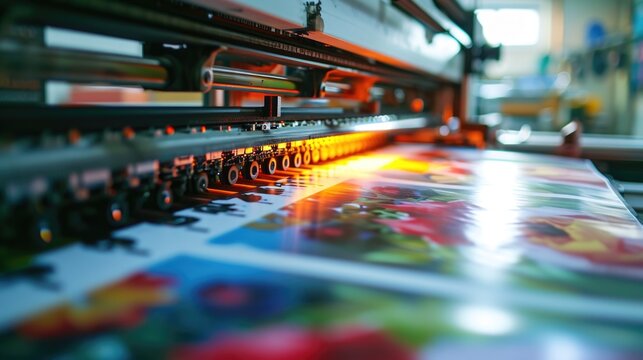In today’s world, essential oils have gained tremendous popularity for their delightful aromas and therapeutic benefits. As the demand for essential oils grows, creating unique and eye-catching labels for these bottles has become more crucial than ever. If you’re wondering how to make labels for essential oil bottles, you’re in the right place.
Labels not only provide vital information but also play a significant role in attracting customers. Hence, a well-crafted label can make your product stand out on retail shelves. The process of making labels, while detailed, offers a creative outlet for expressing your brand’s identity.

Why Create Custom Labels for Essential Oil Bottles?
Every good product with excellent branding will capture attention. Custom labels allow for personalization that reflects the essence of the product inside. Unique labels provide the opportunity for storytelling and can be a delightful way to showcase what makes your essential oils special. A creatively designed label can convey a wealth of information about the brand and the oil itself, where customers can quickly learn about the fragrance, the benefits, and even a little about the company.
Essential Elements of a Label Design
Brand Name
The brand name should be prominently displayed. It’s the first thing a potential customer will see. Make it bold and easy to read.
Oil Type
Always include the type of essential oil. Is it lavender, peppermint, or eucalyptus? This is crucial information for any customer.
Organic or Pure Identification
If your essential oils are certified organic or pure, make sure this information is clear. This can be a deciding factor for many buyers.
Instruction for Use
Providing key usage instructions helps encourage safe and effective use.
Artistic Touch
Your label is an expression of style. Whether its minimalist, vintage, or modern, the artwork should resonate with your brand ethos.
Choosing the Right Label Material
The material of your label determines durability. Consider waterproof labels, especially if your products might be stored in places that endure seepage or humidity like bathrooms.
- Paper Labels – Affordable but susceptible to water damage.
- Vinyl or Polyester Labels – More durable and water-resistant, perfect for essential oil bottles.
Utilizing Technology for Design and Print
Thanks to modern technology, you don’t need to be a professional designer to create appealing labels. Software tools like Microsoft Word or online platforms such as Canva can bring your ideas to life. Learn more from the Microsoft Support guide on creating and printing labels.
Step-by-Step Guide to Creating Labels
Step 1: Determine Your Label Size
The size should complement your bottles dimensions without overwhelming it. Most bottles are cylindrical, so measure the circumference and height for a balanced fit.
Step 2: Use Design Software
Choose software that accommodates your creative vision. For beautifully designed templates, Canva is popular and user-friendly. Explore it further here.
Step 3: Customize with Unique Features
Incorporate any unique design elements such as your brands logo, fonts, colors, and images relevant to the oil type.
Step 4: Print and Cut the Labels
Once satisfied with the design, print the labels using your preferred quality printer. Consider getting more insights on printing at home for small batches.
Step 5: Affix Labels to Bottles
Ensure bottles are clean and dry before applying labels. Accurate placement is vitalalign labels to avoid bubbles.
Legal Considerations for Labeling
Compliance with labeling regulations is necessary. Ingredients should be listed in a legible manner and any claims about the benefits should comply with relevant authorities guidelines.
Positioning the Label for Maximum Impact
Front and Center
Primary information should be visible immediately as part of the front label.
Wrap-around Label or Back Labels
These labels can provide additional space for storytelling and important information not seen on the front.
Digital Solutions for Scaling Your Label Business
If your motive goes beyond DIY labels and ventures into making this a business, exploring how to start a print-on-demand business can offer significant insights. See more about what it entails here.
Affordable Options for Small Batches
When dealing with smaller quantities, the cost of custom labels can be reduced by managing design and printing in-house. Techniques from our business card printing guide can be adapted for label printing.
Conclusion
Creating appealing and effective labels for essential oil bottles is an exciting journey into blending art with business. With the right tools, limitless creativity, and careful planning, you can create labels that are not just informative, but an embodiment of the aromatic wonders they represent.

FAQ
Can I reuse old labels?
Reusing old labels is not advisable. They tend to lose their adhesive quality and will likely appear worn.
How do I ensure my labels are waterproof?
Using vinyl or polyester materials with waterproof ink can ensure the durability of your labels under various conditions.
What information must be on a label?
A label should include the product name, type of oil, brand name, usage instructions, and any organic certifications.






